
Cat Tien National Park is a protected area approximately 150 kilometers north of Ho Chi Minh City, and on weekends, it seems to be quite an attraction for young upper-middle-class Vietnamese. The young ladies among them seem to be quite keen to practice their English on Western foreigners carrying heavy camera equipment, which is kind of flattering and makes for an enjoyable experience.
To enter the park, you have to buy a ticket and use a ferry to cross a river. A flock of Vernal Hanging Parrots, presumably a bit short of cash, thus stayed in a flowering tree on the non-protected side of the river.


The male has a blue spot around the throat, which the female (mostly) lacks.


Like all 13 species in this family, the Vernal Hanging Parrot can sleep upside down, giving the family their common name, hanging parrots (source).


An article in BirdingASIA describes how a scheme to protect the Vernal Hanging Parrot around Kaeng Krachan in Thailand evolved into establishing bird blinds which still exist today.

The idea was to incentivize farmers not to hunt or catch the parrots and instead profit from paying birdwatchers.

Zebra Doves, being extremely common, also feel no need to enter the actual park. “That is a place for the more upmarket species”, they tell me in their typical slightly self-deprecating manner.



Still on the wrong side of the river, Common Ioras were easy to see in the vegetation just a few meters outside of the hotel entrance.
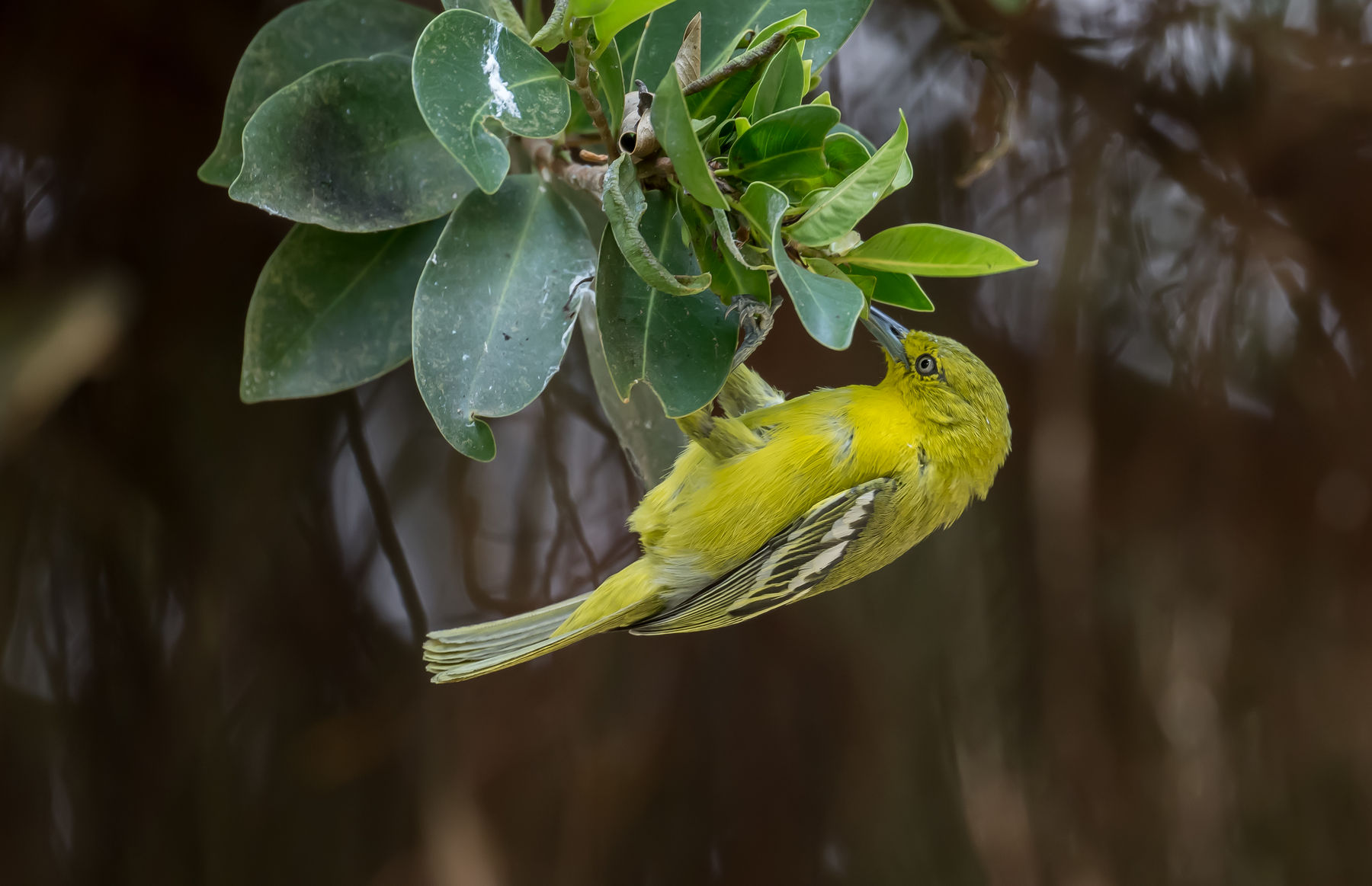
The scientific name Aegithina tiphia may or may not be derived from Tiphys, the pilot of the Argonauts, or his birthplace, Tipha in Boeotia. Tiphys died of a mysterious illness or possibly a snakebite – the medical records of his death are no longer available.

A nice poster with good photos of Common Iora nests can be found here.
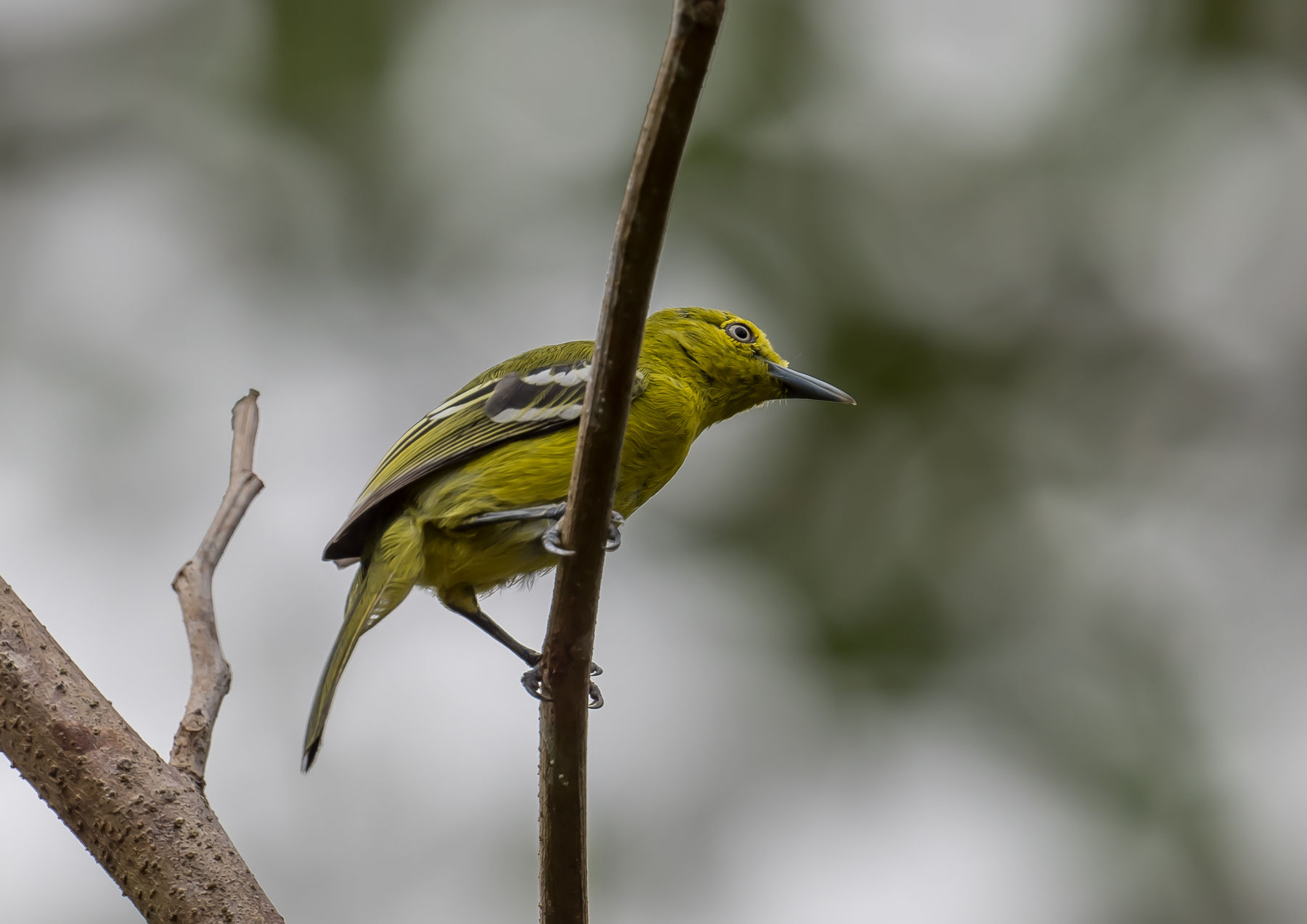
Once inside the park, Black-and-red Broadbills are often the first species to be seen.

eBird calls it “utterly unmistakable”, presumably in a positive way, but is quite negative about their vocalization: “Voice is nasal and generally unpleasant-sounding, consisting of odd low mechanical rasps.”

Another major drawback of the species is their utter lack of skill as a builder of elegant nests – see here for a photo. Comparing this equivalent of a third-rate slum dwelling with the elegant nests discussed in Sara’s recent post might make you weep.

While most of Cat Tien NP is forest, some vast relatively open areas give visitors a chance to see the Green Peafowl.

Partly, these open areas may be the result of extensive use of defoliants such as Agent Orange during the Vietnam War.

The people involved in this “Operation Ranch Hand” called themselves Ranch Handers and worked under the motto “Only you can prevent a forest”. As the herbicides used were sprayed at up to 50 times the concentration for normal agricultural use, they certainly achieved their goals.

The Green Peafowl is listed as Endangered, with an estimated overall population of about 10,000–20,000 mature individuals.
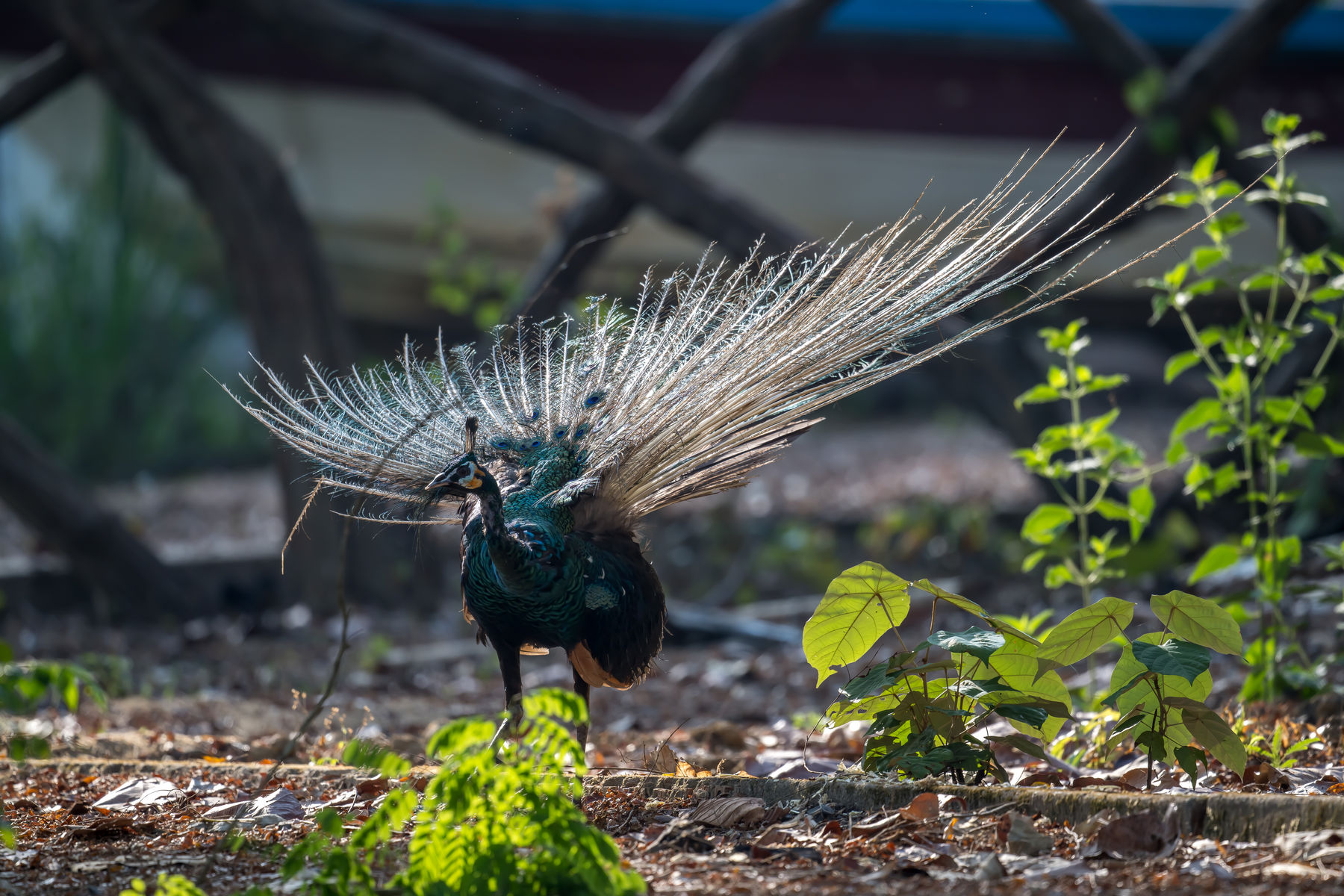
The main dangers come from hunting and habitat disturbance (source).

On the positive side, the Green Peafowl does not seem to mind the presence of humans or livestock too much. A paper even found a positive association between green peafowl occurrence and free-ranging domestic cattle and goats.

While I do not think much of religion, at least in parts of Thailand, Green Peafowl benefit from it. As the birds are locally revered as the companions of Buddhist monks, causing them harm is strictly taboo. As a result, they are rarely hunted as they are in other parts of their range, and collecting their eggs is both illegal and culturally shunned (source).
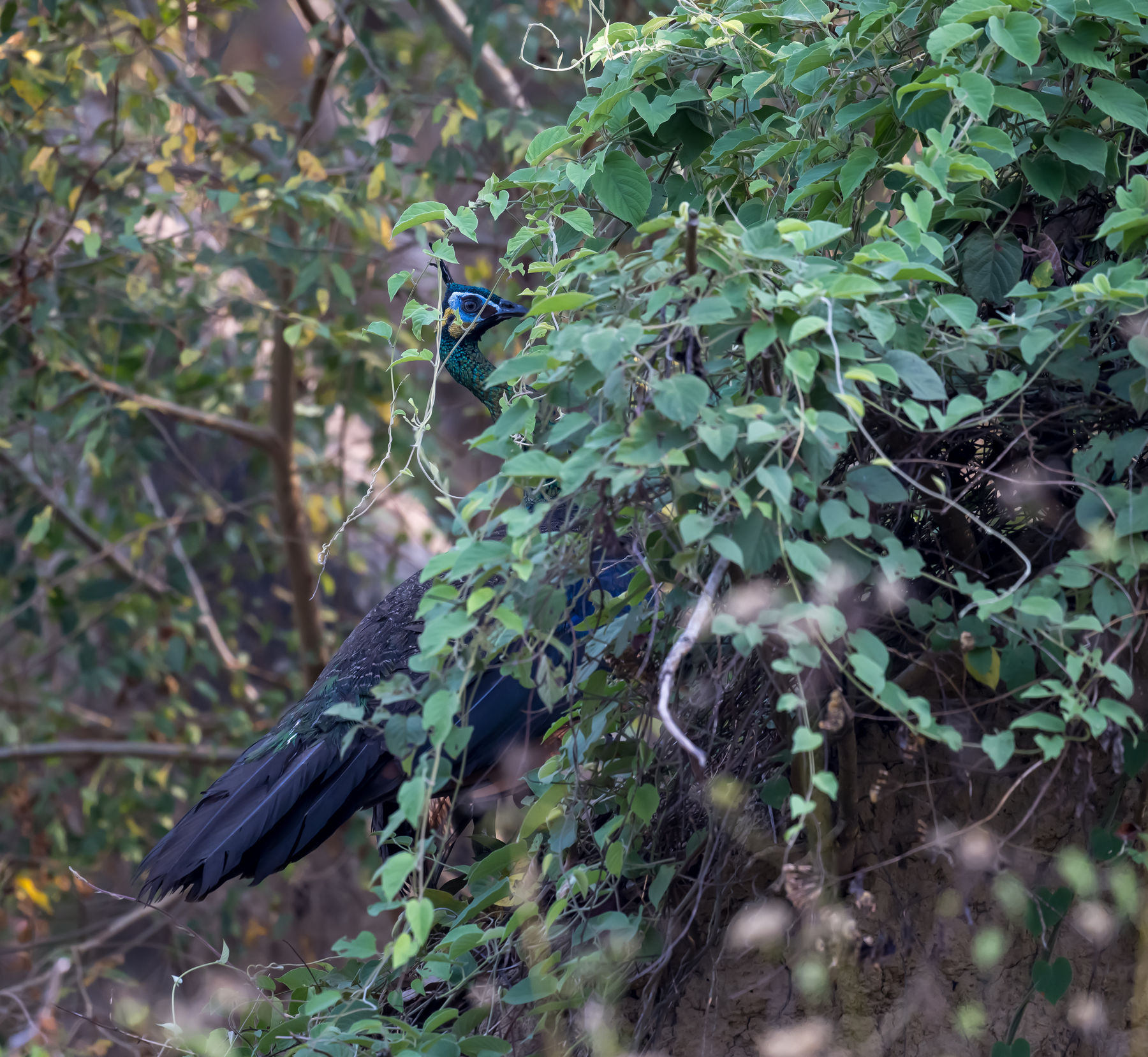
These open areas are also habitats for other birds – a surprising sight was a Chinese Francolin.

Apparently, the meat of the Chinese Francolin is tastier, juicier, more palatable, and richer in protein than chicken meat (source), so there is a commercial francolin industry in China.

And once there is an industry and there are profits, the health of the animals involved becomes a serious issue, resulting in research and papers with titles such as “In vitro synergistic effect of baicalin with azithromycin against Staphylococcus saprophyticus isolated from francolins with ophthalmia”.

Another species using these open areas was a Rufous-bellied Eagle, a first for me. It is listed as Near Threatened, a surprisingly low category given that a global population estimate by BirdLife International indicates only 1000–10,000 individuals.

Its scientific name Lophotriorchis kienerii honors Louis-Charles Kiener (1799-1881), a French malacologist (malacology is the study of molluscs, but I had to look this up too). Why on earth one would name an eagle after a zoologist active in a completely different area is a mystery to me.

As usual, in the middle of my longer post, I take a short break and just show you some photos of other bird species. In the future, once the fame and reputation of 10,000 Birds has increased, these photos will be replaced by paid advertising.
But in the meantime …
… Ashy Drongo …



… Abbot’s Babbler …


… Crimson Sunbird …


… and Buff-breasted Babbler.


As often, the eBird description of the Golden-fronted Leafbird is both engaging and spot-on:

“Beautifully-colored bulbul-sized bird which manages to vanish into the green foliage”.
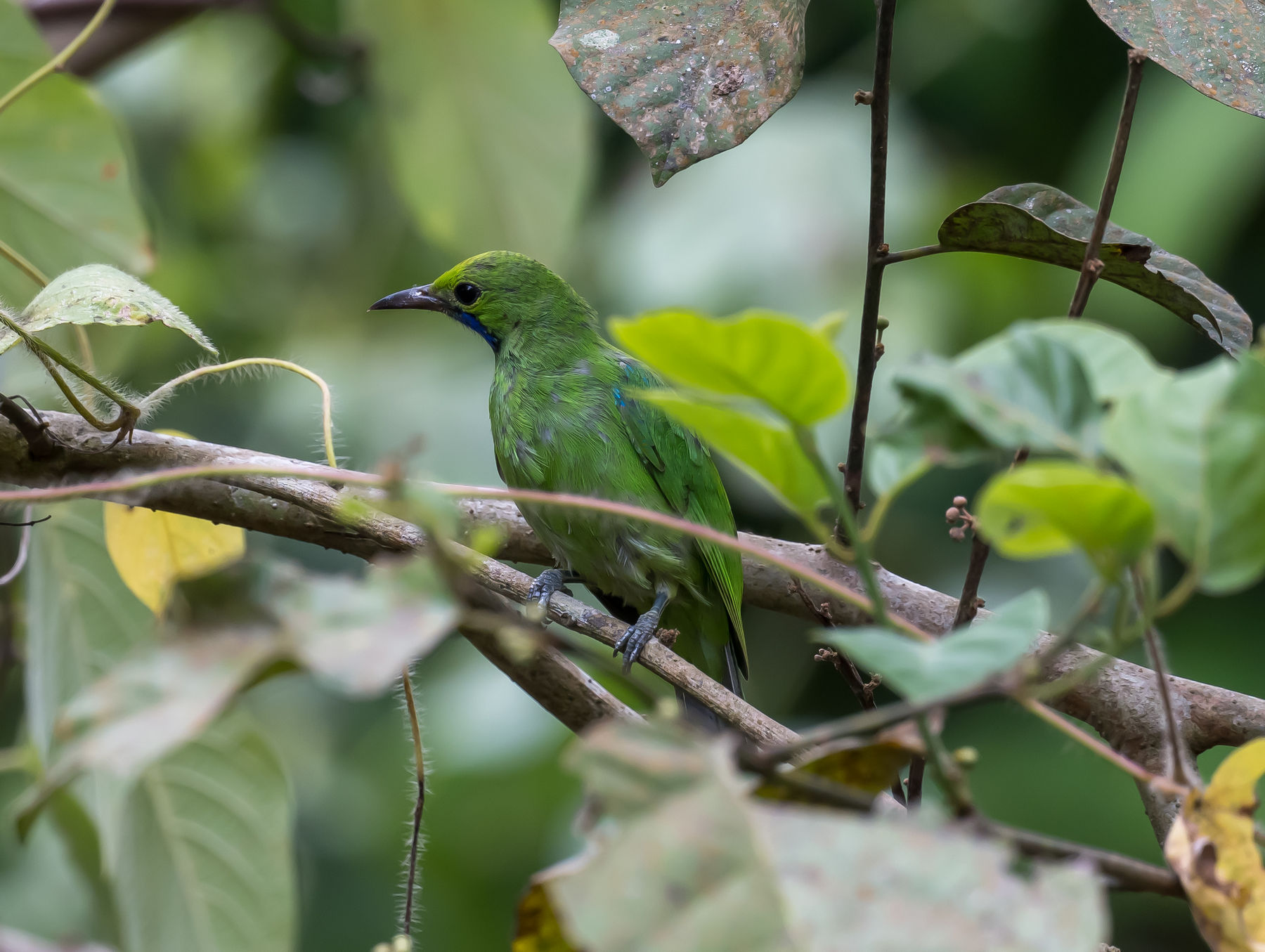
A paper reports on the discovery of a complex, three-dimensional crystal called the single gyroid within the feathers of the blue-winged leafbird … and then uses a Golden-fronted Leafbird as an illustration. Weird.

If you like horror movies (I don’t), you might enjoy looking at photos of a Racket-tailed Treepie eating a munia. Or you can just imagine the scene from this description: “The Treepie struck one of the munias with its beak, while the other munias escaped. Shortly afterwards the Treepie carried its victim in its beak to a perch in another tree. Here the Treepie pinned the prey to the branch with its left foot, and stabbed at its nape with its bill, presumably to kill it. Over the next 7 min, it plucked the feathers of the munia’s chest and abdomen before removing and ingesting its internal organs”.

It is a beautiful bird though, lending itself to illustrations such as this one.

Fortunately for its survival chances, it does not seem to mind living close to humans – these photos were taken in trees just a few meters away from my hotel.

Having just praised eBird a bit earlier, I find the characterization of the Greater Coucal as a “bird that resembles a cross between a crow and a pheasant” less convincing.
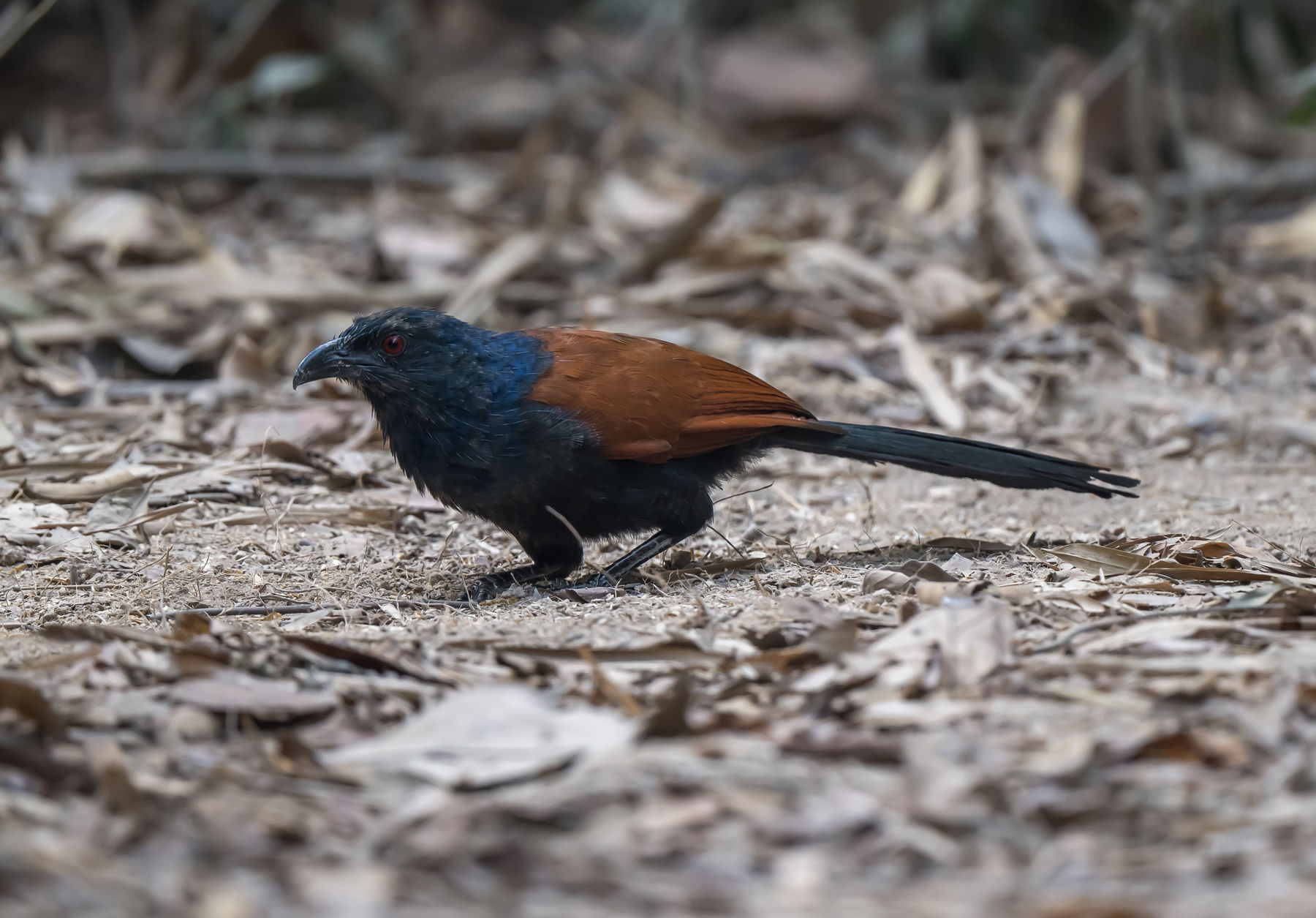
As I already stated in my post on the Red-crowned Crane, bird sex is not necessarily very attractive or esthetic. For the Greater Coucal, one description by an observer reads like this: “They then joined each other and mated on a branch. This involved a lot of effort and caused some tail feathers to break.”

While in China, the Greater Coucal is protected (China National Protection Class 2), this does not stop people from hunting them. A paper on hunting of birds on Hainan even gives a price for them – 5 RMB per piece, though given that the paper was published in 2011, prices might be higher now. The hunting is primarily for food rather than for the pet market.
The paper specifically mentions the Greater Coucal’s popularity among hunters as it is widely consumed in Hainan as a supposed tonic and also being soaked in local alcoholic liquor to produce a traditional Chinese medicine. Not such a civilized country, at least in some aspects.

The White-rumped Shama also suffers from hunting, though not for meat but for the songbird trade.

Surveys across Indonesia, Malaysia, Singapore, Thailand, and Vietnam between 2007 and 2018, found 8,271 White-rumped Shama for sale in local bird markets, and another 917 were found online (source).

One reason is that it is one of the most popular caged birds in places such as Singapore because of its beautiful song (source).

Strangely, the HBW report on the species is based on observations in Hawaii, where the bird has been introduced. American birds seem to be more equal than other birds.

White-rumped Shamas might be a bit braver than some other birds – one paper reports on a female White-rumped Shama defending its nest from a Cantor’s Kukri snake by pecking at it, driving the snake away.
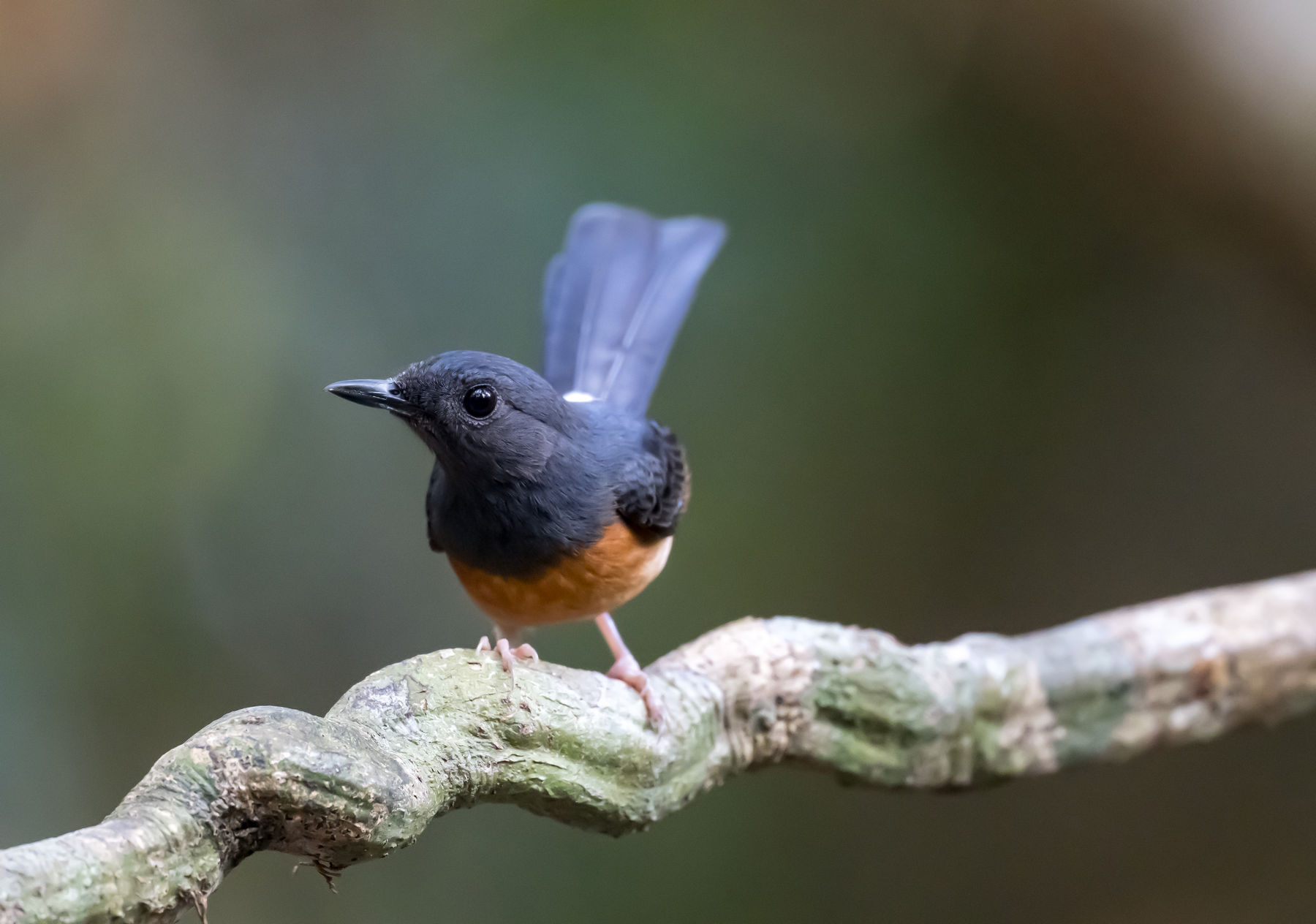
According to the paper, this is different from the behavior of other birds: “In comparison to findings of an immediate response of other passerines fleeing nests upon snake incursion and subsequent anti-predator attacks, the female shama in this observation attacked the snake predator immediately at its first appearance at the nest.”












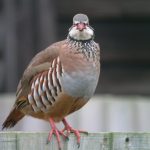
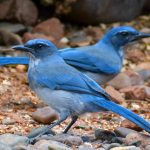
The Green Peacock is on my wishlist as is any broadbill. Sad to read Agent Orange still affects vegetation.
On that note, everybody should watch ‘the people vs agent orange’ documentary to show the dark side of what humans are capable to do. The legal case is still ongoing https://www.france24.com/en/live-news/20240822-french-court-dismisses-appeal-in-agent-orange-case.
That treepie description gave me chills. I am wondering if it is characterisltic of all treepies or it is special case.